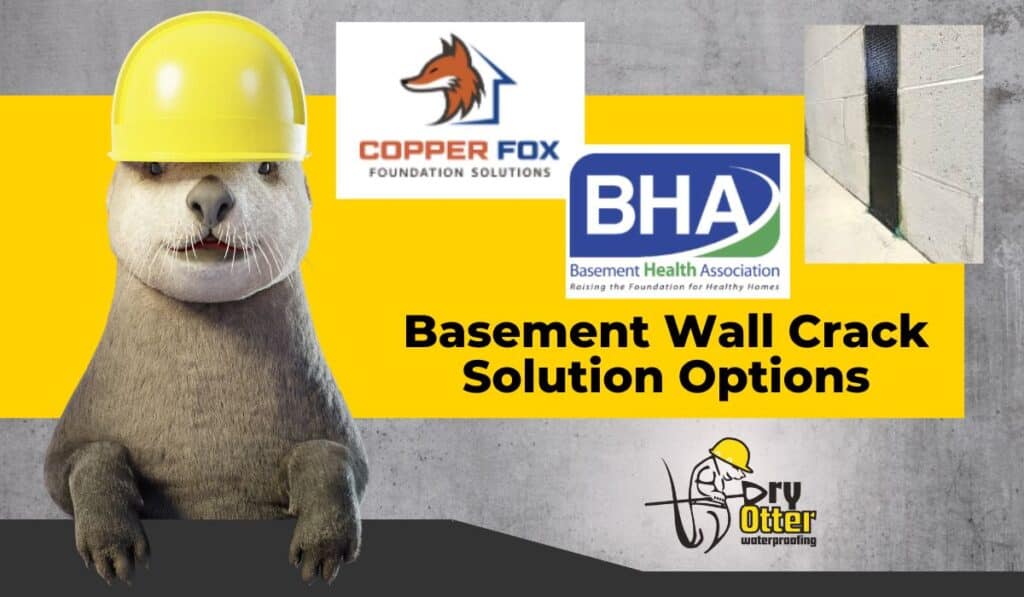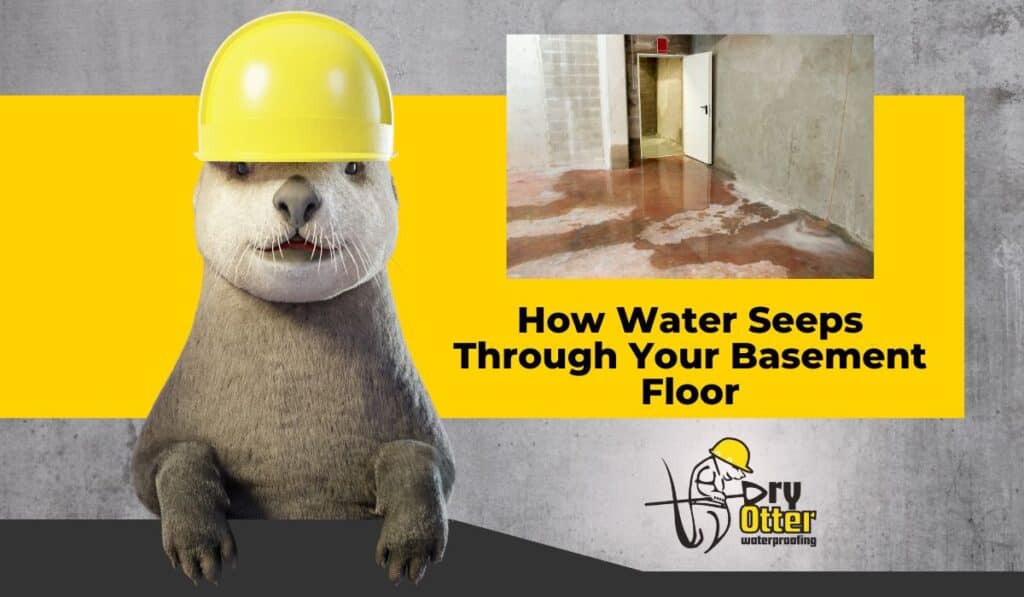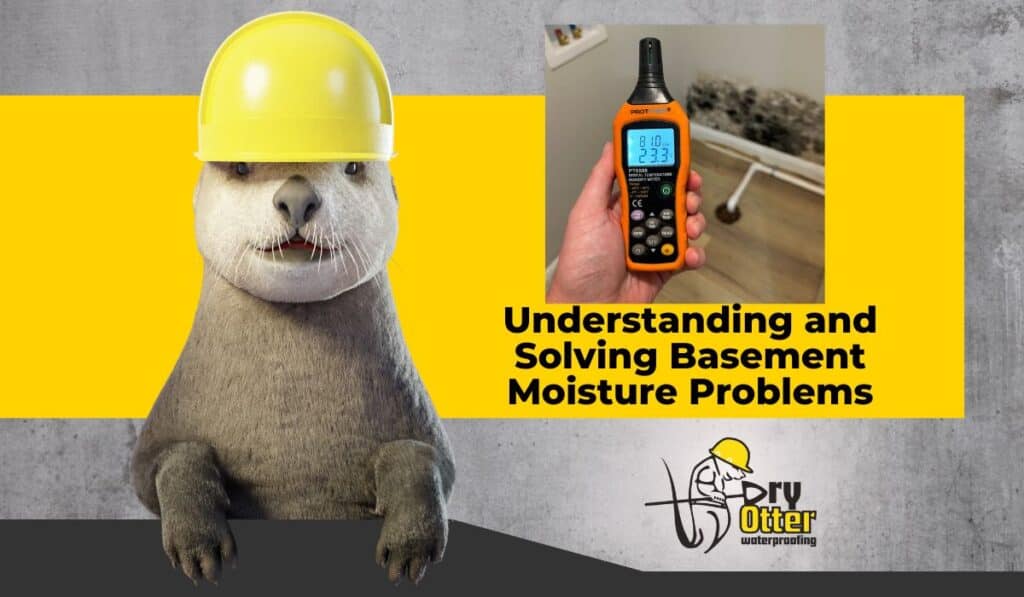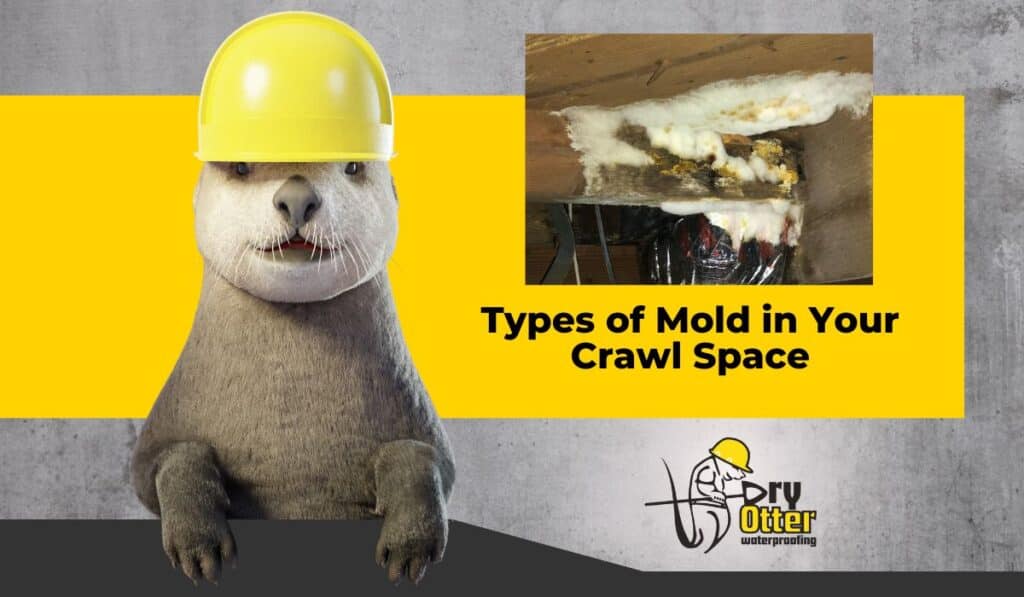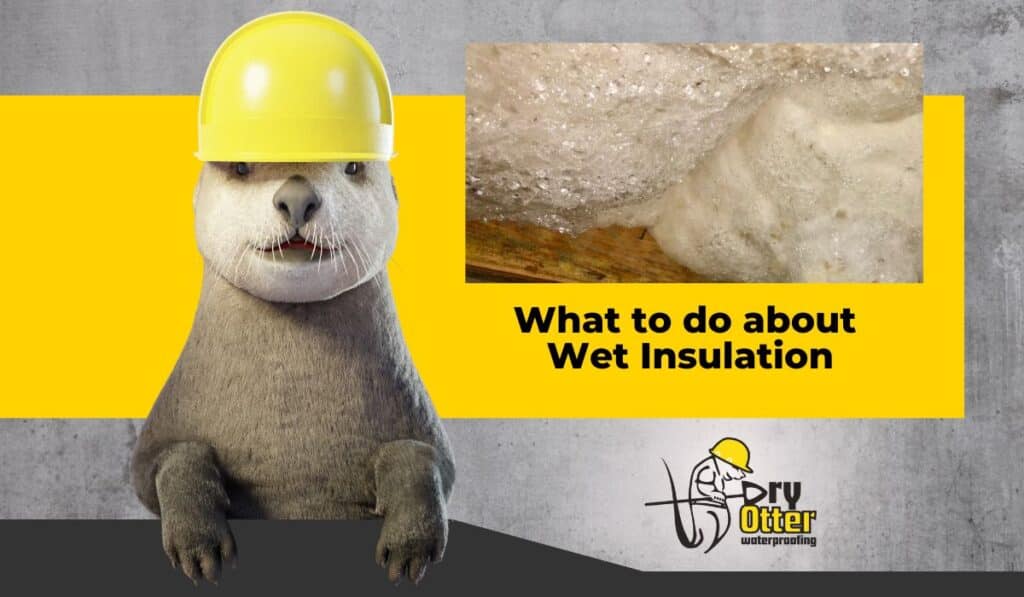The foundation of your home provides the structural support necessary for the long-term safety of your home.
Therefore, understanding the type of soil on which your foundation sits, especially a clay soil foundation, is critical.
Understanding Clay Soil and Its Impact on Foundations
Clay soil is composed of fine particles smaller than 0.002 millimeters. These tiny particles are packed tightly, creating a dense, heavy soil.
The characteristics of clay soil are why a clay soil foundation can be challenging.
Expansion and contraction:
Clay soil shrinks during dry periods and swells during rainy, moisture-laden times. This cycle puts a significant amount of stress on your foundation by causing cracks and foundation movement.
Poor drainage:
Clay has a low permeability, so water drains slowly from clay soil. This can result in water accumulating around your clay soil foundation. The additional water weight can exert pressure on the foundation walls, increasing the risk of leaks and moisture issues.
Frost heave:
In cold climates, clay soil is susceptible to what is called frost heave. This occurs when water in the soil freezes. It then expands, putting pressure on your foundation and pushing it upwards, causing cracks and unevenness.
Common Foundation Problems Associated with Clay Soil
Clay soil is associated with several problems, such as:
Cracks in your foundation walls:
The expansion and contraction of the soil from water accumulation can cause cracks in your foundation walls and floors.
Uneven settling:
Moisture distribution in clay soil can be uneven. This causes unequal settlement of your foundation, settling at various rates, leading to structural problems.
Basement leaks:
Poor drainage around your foundation can cause water to seep in, causing leaks, moisture problems, mold growth, and structural damage.
Warning signs:
- Cracks in your foundation walls, floor slabs, or around your crawl space piers can indicate movement from clay soil shrink and swell cycles or uneven settling.
- Doors and windows sticking: This is a sign of foundation settlement. This settling causes misalignment in your door and window frames.
- Uneven floors: Sloping or uneven floors could indicate foundation settlement due to clay soil issues.
- Moisture, such as visible water leaks, dampness, or high humidity in your basement or crawl space, can indicate poor drainage.
- Mold growth and efflorescence: Mold thrives in damp environments. Seeing mold growth indicates water issues. Additionally, efflorescence, a white, powdery substance on basement walls or crawl space surfaces, signifies water migration through the foundation due to clay soil problems.
- Exterior signs such as cracks in sidewalks or driveways, gaps between your foundation and siding, a tilting chimney, sudden changes in drainage patterns, and unexplained popping sounds are all indicators of clay soil foundation issues.
Choosing the Best Foundation for Clay Soil
There are several types of foundation to consider when searching for the best foundation for clay soil.
Slab-on-grade foundations:
This type is commonly used and cost-effective for moderate clay conditions. The concrete floor slab of the home or building also serves as the foundation. The concrete foundation sits directly on the properly compacted and leveled base. Advantages/disadvantages: Common and cost-effective but are more susceptible to clay soil movement than post and beam.
Pier and beam foundation:
This type elevates the house or structure off the ground, creating a crawl space. The piers are vertical supports made of concrete, brick, or treated wood, usually spaced evenly around the structure’s perimeter and extending down to the stable soil layers below the frost line and the unstable clay layers. The beams are the horizontal part of the structure that rests on the piers, creating a grid-like support system for the floor joists. The floor joists support the subflooring and flooring for your living space. Advantages/disadvantages: Protection from flooding, easy access for maintenance, and potential storage. The downside is the initial cost, regular maintenance, susceptibility to pests, and lower energy efficiency.
Basements:
They offer another excellent option for clay soils when proper waterproofing and drainage systems are in place. Advantages/disadvantages: Basements are suitable for clay soil, offer additional living space, house utility equipment, and provide the best foundation stability. The downside is you need proper drainage systems and waterproofing, and construction costs are higher.
Preventative Measures and Solutions
- Install proper grading and drainage systems
- Waterproof your foundation
- Crawl space encapsulation
- Basement encapsulation and drainage
- Soil testing and treatment
- Picking the proper foundation for your soil type
- Regular inspections
A foundation built on clay soil can work well if you follow these tips and stay proactive. Your best defense against clay soil issues is to schedule a regular inspection with a professional like Dry Otter Waterproofing to keep your home safe and free from water damage.
Dry Otter will provide a professional assessment to give you peace of mind, especially if you live in an area known for clay soil. Schedule a free inspection today.

